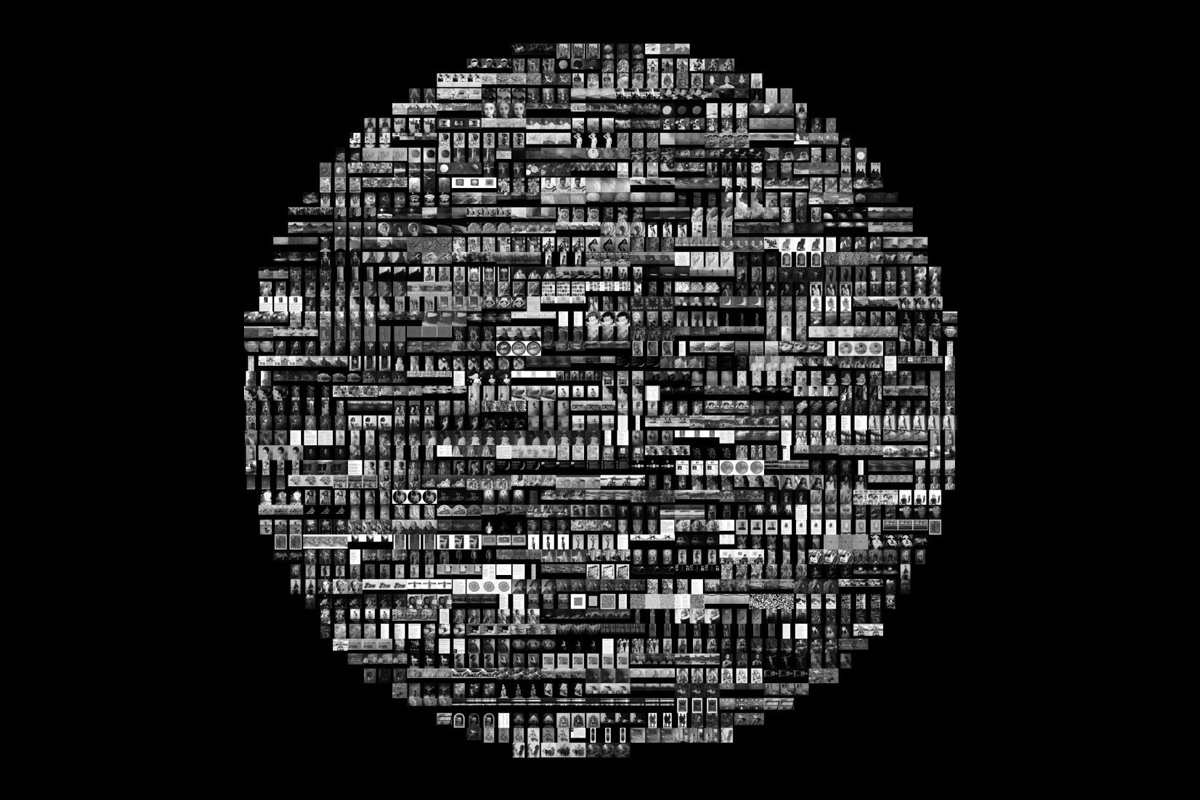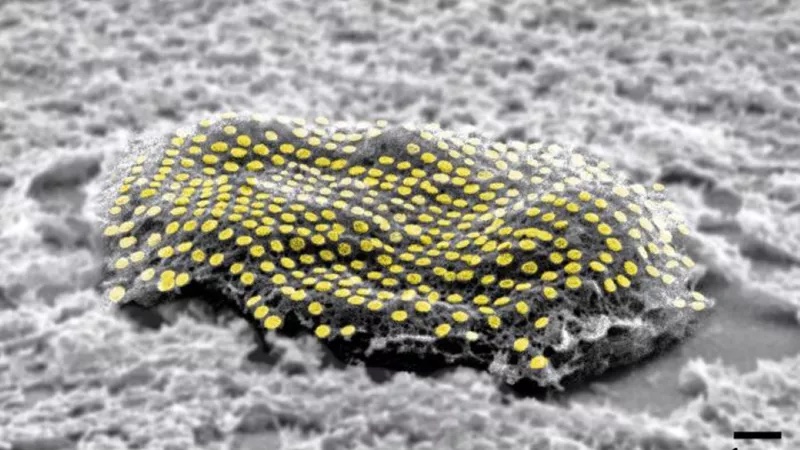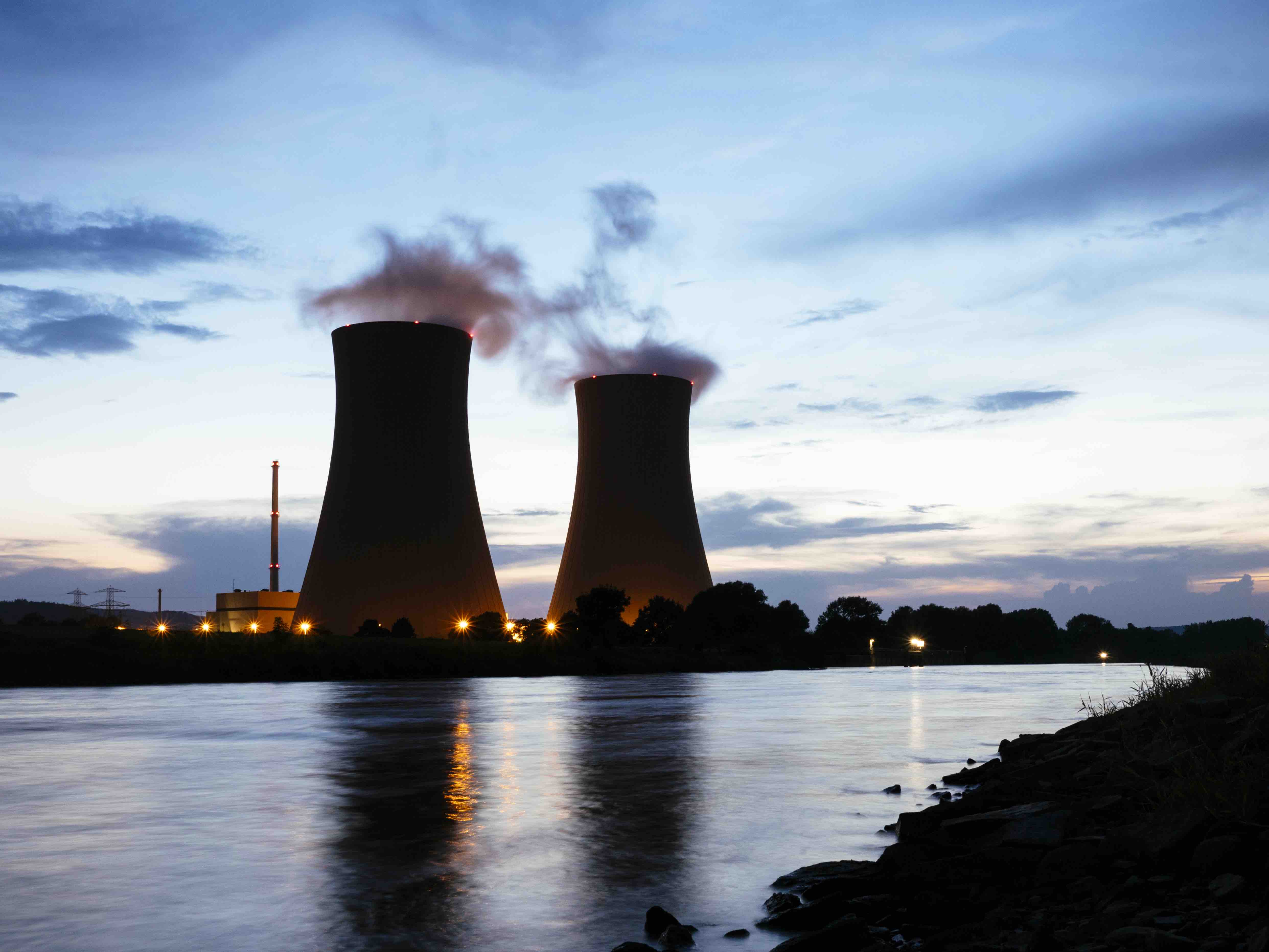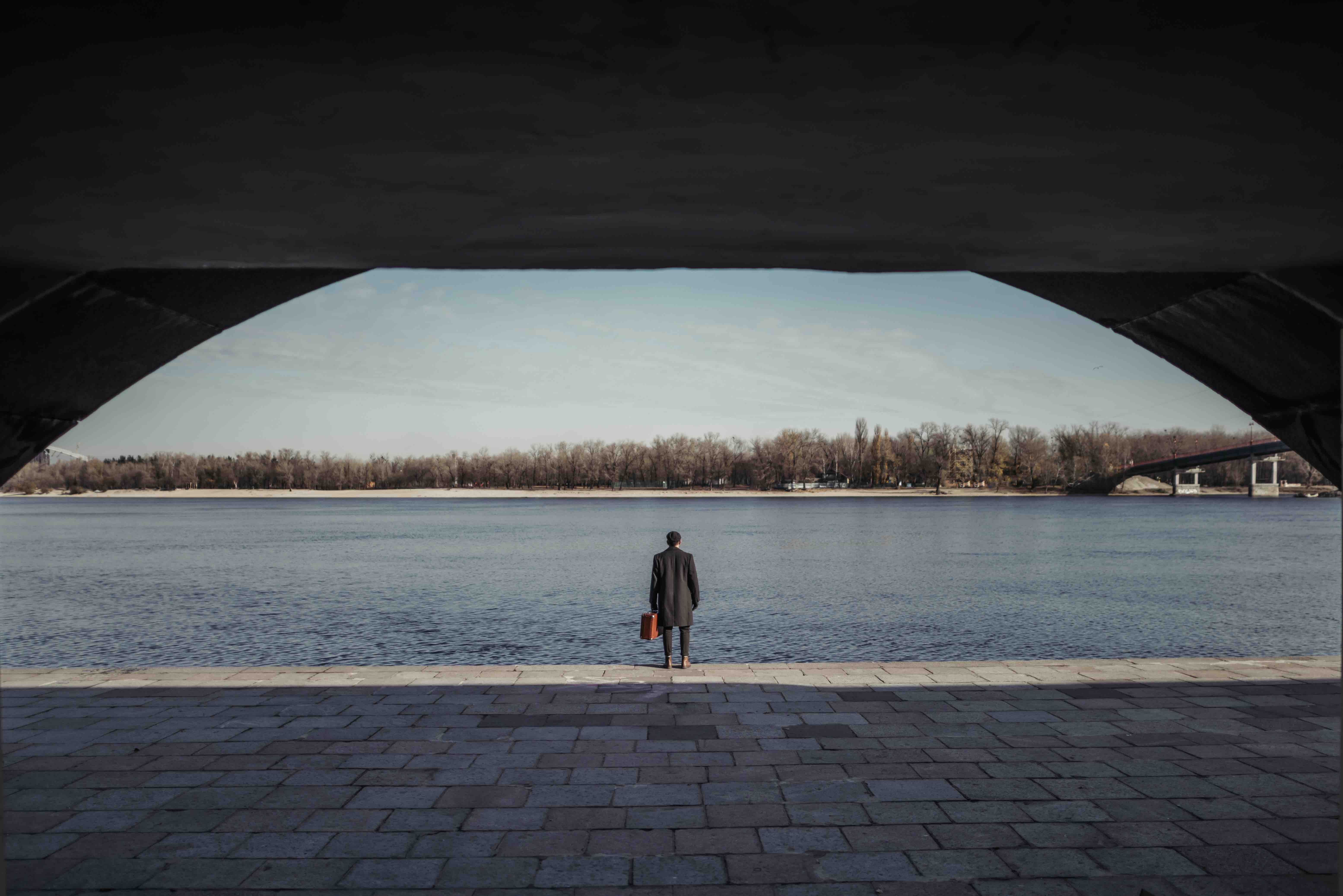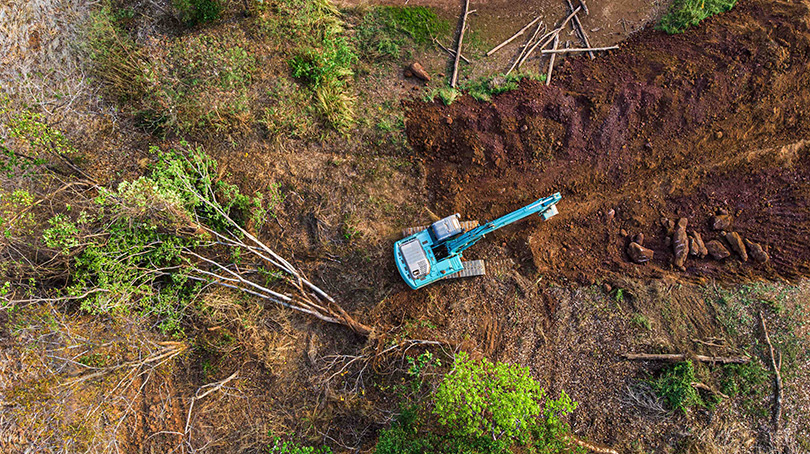
The Amazon rainforest is the biggest tropical forest in the world. It is the most effective tropical forest in removing greenhouse gasses from the atmosphere, and Brazil is home to around sixty percent of its total area.
It is sometimes referred to as “the lungs of the planet” because of the vast amount of trees that grow there. This is because trees are able to take in carbon dioxide and exhale oxygen. The Amazon rainforest serves as an important barrier in the battle against climate change on a worldwide scale.
Deforestation
Brazil’s Amazon has lost about 300,000 square kilometers of forest cover in 50 years.
Second only to fossil fuel combustion in greenhouse gas emissions, deforestation causes climate change. Researchers estimate stopping tropical forest land removal may cut global carbon emissions by 18% by 2030.
Brazil, which has the most tropical forests, cut forest removal by 80% between 2005 and 2012, reducing emissions. Better forest monitoring, law enforcement, agricultural methods, and private-sector efforts to stop selling items produced on unlawfully deforested land reduced deforestation.
Deforestation in Brazil’s Amazon rose to a 15-year high in 2021. Authorities cannot trace and prosecute unlawful land removal and resource extraction, yet individuals and businesses benefit.
The amount of rainforest that is still estimated to have been lost under his rule is greater than three times the size of New York City, which presents a significant obstacle for him on the path to achieving this objective.
An worrisome increase in the rate of deforestation has been seen over the previous several years.
Causes
-
Mining: To extract underground resources like oil, aluminum, copper, gold, and diamonds, rainforests are devastated. Oil, aluminum, copper, gold, and diamonds, found in rainforests, are in high demand in developed nations. Removal of the forest is needed to extract them. Mercury is used to extract gold from dirt and contaminants. These chemicals pollute waterways, killing fish and harming the ecology.
-
Expansion of agriculture: Tropical nations grow much of our fruit, grains, and pulses in rainforests. The woods are cleared for massive banana, palm oil, pineapple, sugar cane, tea, and coffee farms. Agriculture, like cattle ranching, depletes soil after a few years, forcing farmers to clear more rainforest for new plants.
-
Climate Change: As global weather patterns are altered by climate change, warmer and drier periods will introduce new stressors and make annual fire seasons even more devastating. The Amazon’s decline is accelerated by the diminished resilience of these ecosystems.
-
Wildfires: Fires, which are caused by deforestation when trees are cut down and burned for ranching and farming, may spread swiftly. Fires destroyed about 20 million Amazon acres in 2019.
Consequences
Policies regarding deforestation and conservation have an impact on the lives of the millions of city inhabitants, farmers, ranchers, rubber tappers, and Indigenous people who make their home in the Amazon. Many people working in Brazil’s agricultural sector believe that ranching and farming, two activities that have been linked to widespread deforestation in the Amazon region, have played a role in the country’s success in combating hunger. There are millions of people whose livelihoods are dependent on land that has been removed, and there are millions more whose livelihoods are dependent on the preservation of the rainforest.
The Amazon is often ranked as one of the most biologically diverse ecosystems on the planet. Both human lifestyles and scientific research are dependent on the plants and animals that dwell in the forest. However, the destruction of forests poses a risk to this environment.
More than 10,000 plant and animal species in the Amazon rainforest are facing an extremely high danger of extinction as a direct result of the loss of the Amazon rainforest, of which 35 percent has already been cut down or damaged.
Decrease
According to the government, the rate of deforestation in the Amazon region of Brazil decreased by 33.6% in the first six months of President Luiz Inácio Lula da Silva’s tenure compared with the same time in 2022.
It is believed that the rainforest shrunk by 2,649 square kilometers between January and June of this year, compared to the 3,988 square kilometers that were lost over the same period of time in the previous year under President Bolsonaro. The data from the government satellites that were made public have not been validated independently.
Lula has committed to undo the policies of his far-right predecessor Jair Bolsonaro, who supported mining in indigenous areas in the Amazon region. In the beginning of this year, President Lula declared the creation of six new indigenous reserves and placed restrictions on commercial farming and mining in those areas.
Indigenous elders expressed their satisfaction with the decision, but emphasized that additional land should be preserved. And while it was stated that the rate of deforestation had decreased, the figures showed that the number of fires had increased. Satellite monitoring identified 3,075 fires in the Amazon region during the month of June alone; this is the highest monthly total since 2007.
Despite the reported progress in 2023, deforestation has alarmingly increased in the preceding few years.
President Luiz Inácio Lula da Silva has made a commitment to put a stop to deforestation, also known as forest clearing, by the year 2030.


